Overview
Map
Other Details
كنيسة مار باسيليوس وغريغوريوس - معراب
1305
Maarab
Keserwan
Mount Lebanon
بنى الموارنة كنيستهم الأولى في معراب على أنقاض هيكل رومانيّ وثنيّ. خُرّبت هذه الكنيسة الأولى مع حملة المماليك على كسروان سنة ١٣٠٥. أعاد أبناء البلدة بناء الكنيسة على إسم ما باسيليوس وغريغوريوس، وأخذت شكلها الحاليّ سنة ١٨٨٥. في هذه الكنيسة يرقد على رجاء القيامة المطران بولس فؤاد نعيم تابت (١٩٢٩-٢٠٠٩) وهو أوّل سفير بابويّ مارونيّ لبنانيّ.The first church was built by the Maronites over a roman pagan temple. The church was destroyed during the Mamluk’s campaign on Keserwan in 1305. After their return, the villagers reconstructed the church and it was consecrated to Sts Basil and Gregory. It took its final shape in 1885. The church is the final resting place of Bishop Paul Fouad Naim Tabet (1929-2009), the first Lebanese Maronite Papal nuncio
Visited 1405 times, 5 Visits today

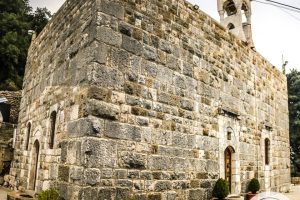
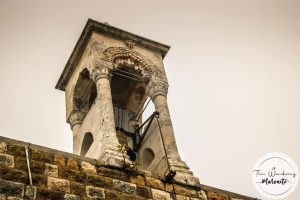
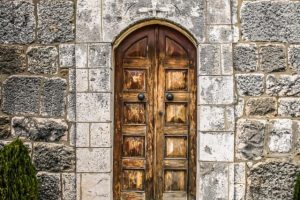
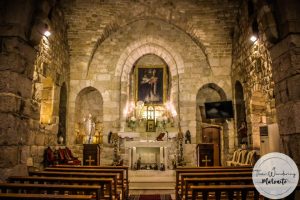
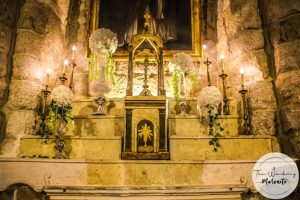
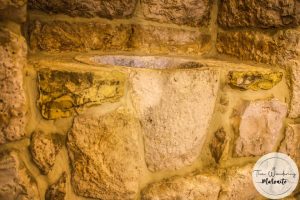
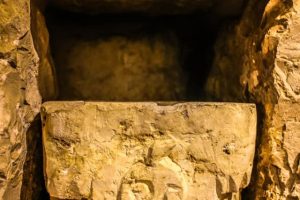
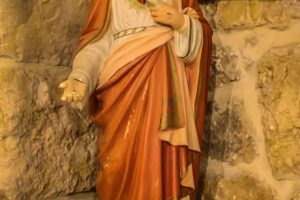
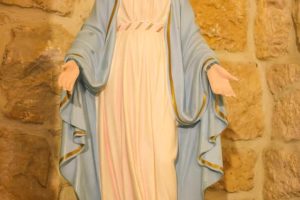
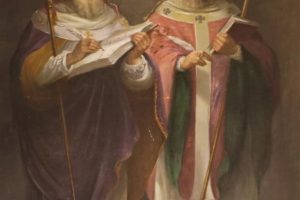










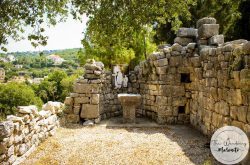
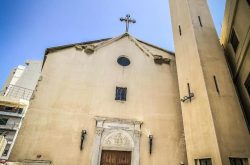
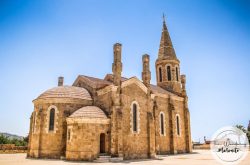
Reviews are disabled, but trackbacks and pingbacks are open.